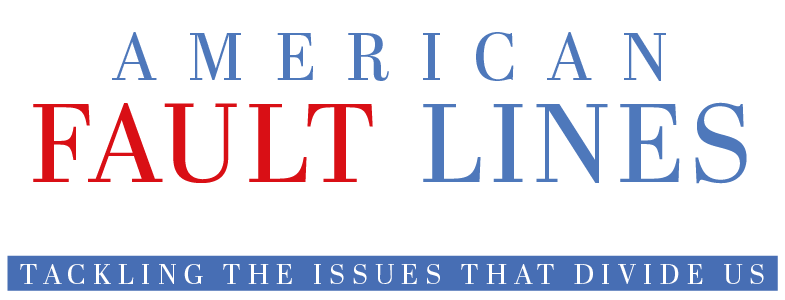Internet.com (Feb. 14, 2001)
It's pretty sad when you have to send yourself a virtual flower for Valentine's Day. It's even sadder when it dies within minutes of arriving.
But if you think that's sad, how about being so desperate to see a box of Valentine's chocolates that you spend five minutes downloading a 3D Godiva ad only to have your browser crash?
And still, I logged back on and tried again until I got it. How sad is that?
Ok, my social life isn't as bad as it sounds (my wife did give me a Valentine's kiss). I tenaciously battled technology to gather my loveless goodies in order to write this story. Which raises the obvious question, why would anyone <I>else</I> do it?
"When it first came about, I asked myself the same question," admits Chris Johnston, vice president of product marketing for the Viewpoint Corp., which created the Godiva ad. "I kinda thought it was goofy, you don't need to move a box around and see it in 3D to know what chocolate looks like."
The Godiva ad and FTD's virtual flower, which resides on your desktop, are two of the more high profile attempts to use rich media to break out of the crowd of product marketers battling for a piece of what Gartner Research estimates will be $2 billion in Valentine's related spending this year. Examples range from Lycos' Singapore portal, where virtual hearts cascade over the screen (each offering a link to a Singapore Telcom wireless love messages promo) to MSN, where Godiva is peddling its calorie-rich wares.
Another mouth to feed
The FTD flower, which can be emailed to a friend in lieu of the real thing, is a virtual takeoff on the Tamagouchi craze of a few years back, requiring regular watering, exposure to virtual sunlight, and even pollination or it wilts and dies.
My five-year old finds it fascinating. Some professionals are less impressed.
"The animation is rudimentary, it's almost lame," concludes eMarketer analyst Jonathan Jackson. "That flower is not going to do anything for anybody. If you really want people to use it, you have to make it customizable, add names, make it personal."
The fact that his system crashed the first time he tried to download it only added to Johnston's cynicism.
"For the life of me, I can't imagine why you'd be downloading the flower if someone sent it to you," he says. "It has to be a <I>real</I> good friend before you would go through that."
Johnston and others also wonder about the relative subtlety of the marketing message. While there is a small FTD logo under the flowerpot, the only link to the FTD site is a message that opened on Valentine's morning, reminding the user of the holiday and offering a clickthrough to the site if they wanted to buy flowers.
"There was a heightened measure of concern about the piss-off factor," explains Bill Klavon, director of production for TribalDDB, which created the ad. "The challenge was to put the brand in front of the end user in a way that's not obtrusive yet is pleasant and an ongoing reminder of who they are."
Viral love
The ad was also designed to play off DDB's tradition of emphasizing the value of word-of-mouth.
"You're not going to send real flowers to 25 different people, but you're likely to send this link," adds Klayon. "The exponential reach is tremendous."
Since going live, the ad has logged 50,000 downloads.
"This is an example that marketers industrywide are trying to find new ways to non-intrusively put their brand out there on a day to day basis," Klayon says.
Adds TribalDDB's Associate Creative Director Robin Kurzer, "You're going to continue to see more things that are migrating off the traditional web, that frees us of that tether. Things that will live outside the desktop, on your cellphone, on your Palm, on your refrigerator."
"Utility, portability, entertainment and brand mobility is what this represents the start of," says Klayon.
The Godiva ad is likewise meant as a first step in a technology that won't begin to hit its stride until later this year.
"Would I wait five or ten minutes to download an ad?" asks Viewpoint's Johnston. "I don't have a great answer for that. For the most part, the general audience wouldn't. Even with increased access to broadband, we're not going to hit critical mass for a while, that's why it's not the way we're going."
The system created by Viewpoint is an active x control that combines IPIX Panorama, Quicktime VR, vector graphics, video and other elements into a relatively seamless package.
"So all of this stuff can live together in a single environment, blended with each other to eliminate the need for multiple players," Johnston explains.
Viewpoint sees its consumer future in deals with Adobe and AOL to integrate the technology into their software, eliminating the need for arduous downloads.
Applications include remote training, post-sales support and a variety of other b-to-b uses. The company is also developing a system combining video and java scripts that, for example, would allow an instructor or student to trigger applets illustrating particular aspects of a piece of equipment in the midst of a video presentation.
But that's the future, for now there's that box of virtual chocolate just waiting to be downloaded by those with nothing better to do this Valentine's Day.


